
15 Examples of Effective Team Dynamics
Are you part of a team that collaborates better and achieves great results? That's the power of team dynamics which is an invisible force that determines whether teams soar or struggle to stay afloat. Great teams energize us and difficult ones drain us. The difference lies in how well people work together, communicate, and support each other.
In this article, we'll explore 15 game-changing examples of team dynamics that transform average groups into extraordinary teams. If you lead a team or work as part of one, these practical insights will help you build stronger connections and achieve better results today.
What is Team Dynamics?
Team dynamics is all about how people collaborate as part of a team and how they interact with one another. It means a clear way for teammates to interact and manage both the good days and the rough patches.
Team dynamics are like the personality of a team. If things are well, people trust each other and pitch in when needed. If dynamics are bad, you'll see building tension in meetings, missing deadlines, sprouting arguments, leading to conflicts, and people sticking to themselves rather than collaborating.
The best teams are neither an accident nor a coincidence. They develop habits that optimize how team members work together. Getting the dynamics right is surely a plus and it's the dividing line between a thriving team and one merely surviving. Now let’s explore the examples of effective team dynamics.
1. Clear Communication
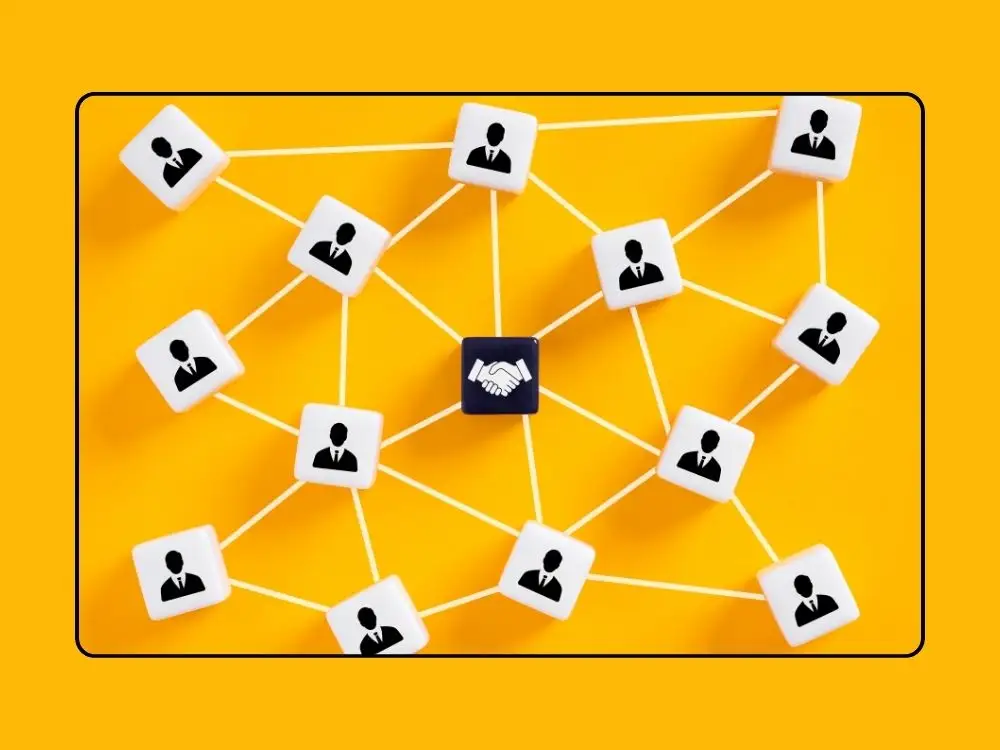
Effective communication is the foundation of a team. Clear expression, attentive listening, and constructive feedback are important to make everything better in a team project. Otherwise, misunderstanding creeps in which may lead to missing deadlines and frustration.
Example: Big Companies like Google and Microsoft have invested heavily in open communication channels such as weekly stand-up meetings and feedback loops. This ensures that every team member stays informed and engaged.
2. Defined Roles and Responsibilities
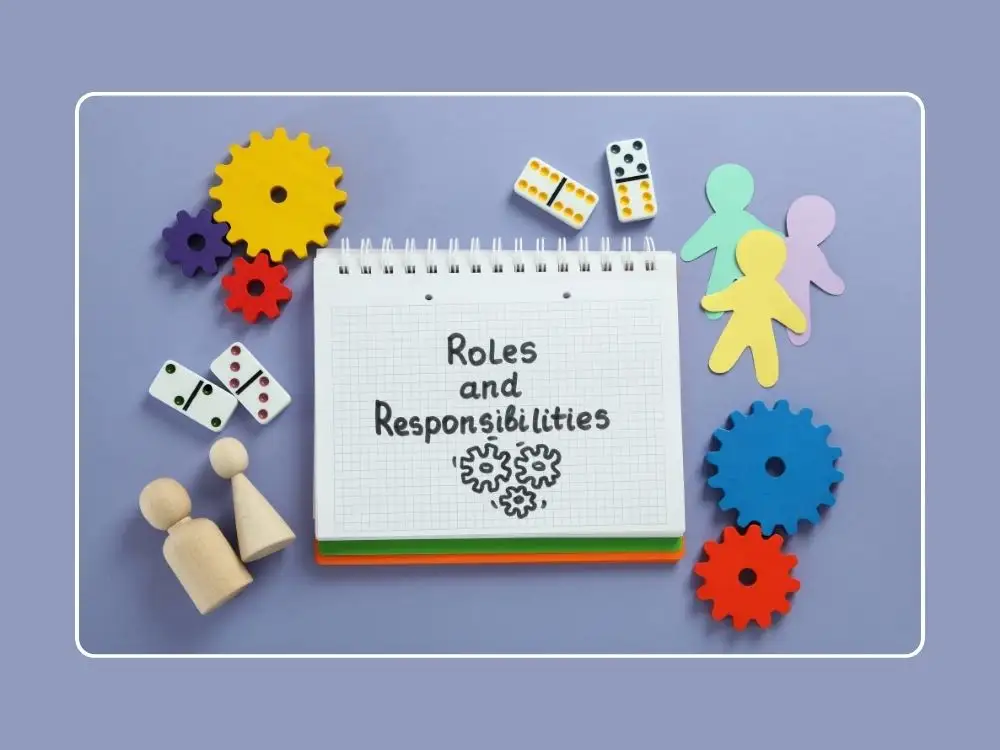
Performance rises if everyone knows their roles and duties. Clear job descriptions help avoid overlapping and confusion. This is important for team members to concentrate on their work strengths more effectively when working as a team.
Example: There could be different teams and individual roles in a garment manufacturing firm like quality assurance, engineering, production, sales, etc. Here, every individual should play their own specified role to uplift their team or department. This is how they can ensure proper work function without overlapping others’ duties or roles.
3. Mutual Trust and Respect

Trust is a major element that cements a team. Without trust, bonds between team members are hard to create. Team members trust one another to share their ideas freely, take constructive criticism in the right spirit, support one another, and act as a reference to each other's areas of expertise.
Example: In Netflix culture, employees are given a lot of room and trust to decide things without a lot of administrative oversight. Such trusting behavior promotes innovation and accountability that offers the company an edge in the competitive streaming service.
4. Shared Vision and Goals

When everyone works toward a common goal, it's easier to find an appropriate and effective environment. This is important for individuals to understand and believe in the stirring reality and fantasies about the larger picture.
This kind of feeling creates a very powerful sense of "we're all in this together" which motivates teams towards overcoming what they could've found impossible as individuals.
Example: Look at how Tesla operates. Their mission to accelerate sustainable energy connects teams across engineering, production, marketing, etc. When engineers design battery systems, production staff consider manufacturing. At the same time, marketing people think about messaging environmental impact.
They are all working toward the same North Star guiding them. This shared purpose helps everyone push through industry challenges and setbacks because they believe in where they're headed together.
5. Adaptability and Resilience
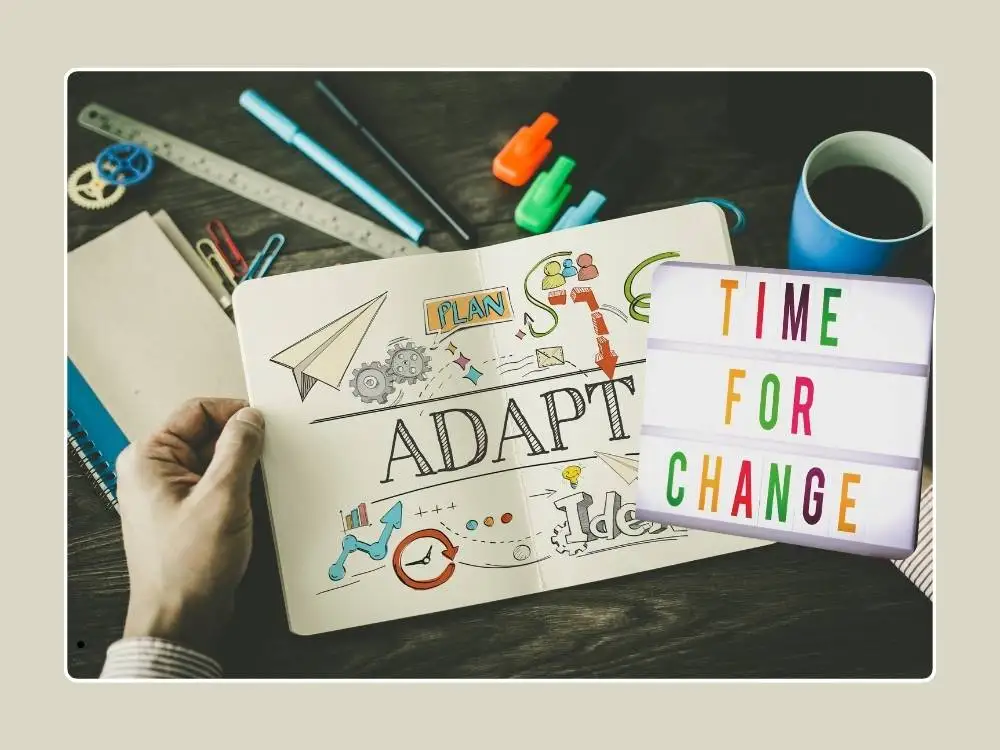
Teams that can pivot and adapt to hurdles usually succeed in competitive environments. Adaptability helps a business to stay relevant and innovative. Plus, flexible teams tend to see bottlenecks as "opportunities" where they come up with new and creative solutions.
Example: During the COVID-19 pandemic, several firms like Zoom transformed very quickly into a work-from-home model. They adapted their strategies and quickly scaled operations to fulfill soaring demand while still remaining the leaders of the industry.
6. Constructive Feedback Culture
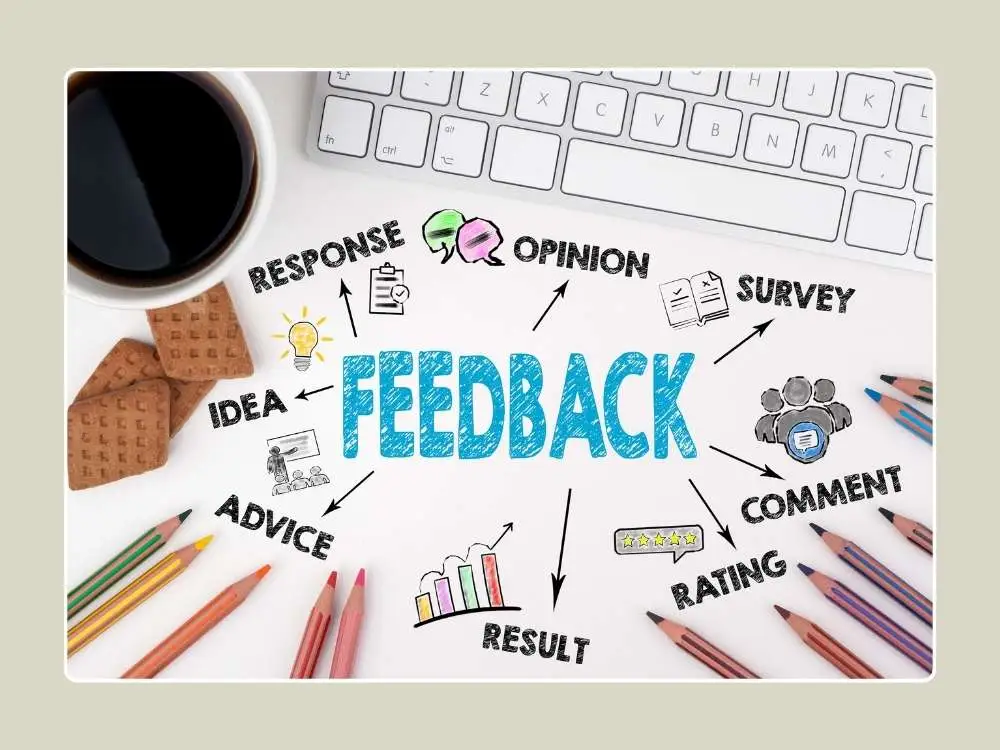
Feedback nurtures better performance in teams. When it is done correctly, it becomes a great assistant for ensuring growth and preventing mistakes. Moreover, teams that learn to give and receive honest feedback create an environment where everyone feels safe to share ideas and learn from the mistakes made.
Example: Adobe replaced annual performance reviews with a continuous feedback model. Employees receive regular input which helps them refine their skills and boost productivity.
7. Collaborative Decision-Making

Involving team members in decision-making ensures engagement and innovation. This collaborative decision-making process makes every employee feel more invested because it values their input. Moreover, when organizations tap into the collective abilities of their teams, better solutions are found, and stronger team dynamics are built for implementing those decisions.
Example: Toyota's "Kaizen" approach is a great example of this which encourages all employees from the factory workers to company directors a chance to present ideas and suggestions. This carries significant weight in the internal decision-making process. Plus, it leads to both short and long-term company efficiency over time.
8. Emotional Intelligence in Teams
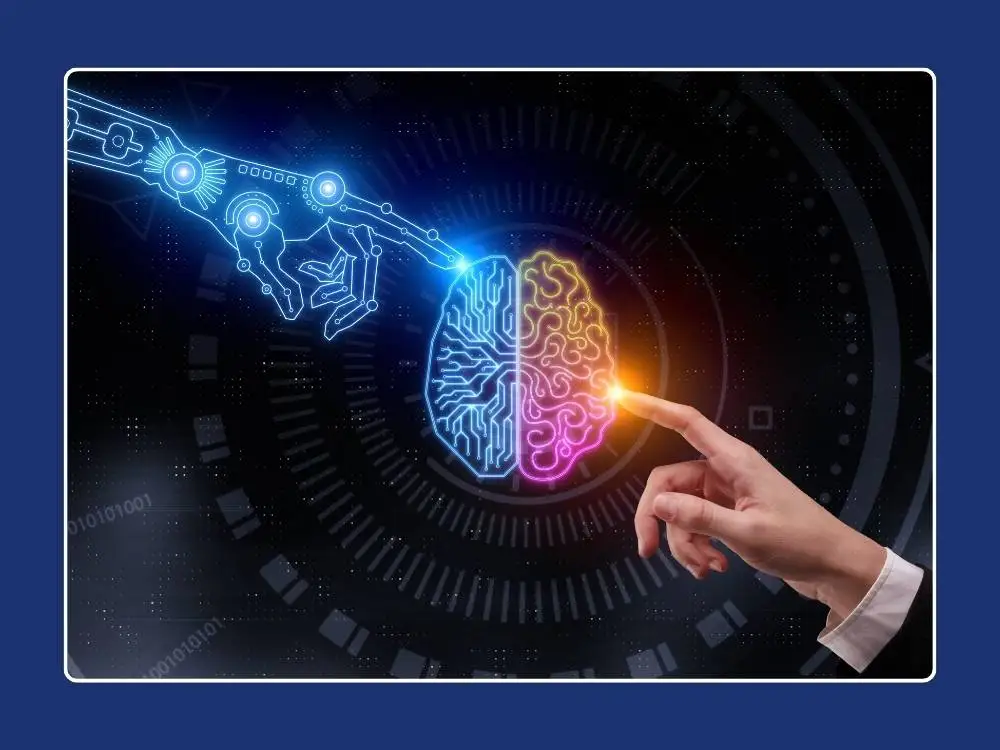
The understanding of emotions helps teams navigate conflicts and improves relationships. High emotional intelligence enhances empathy and communication. Teams that embrace emotional awareness create spaces where members feel safe to express concerns. This leads to the quicker resolution of any potential issues before they begin to escalate.
Example: Harvard research finds that emotionally intelligent leaders can establish strong teams. Companies like Google train their managers in emotional intelligence as a way to promote teamwork.
9. Diversity and Inclusion
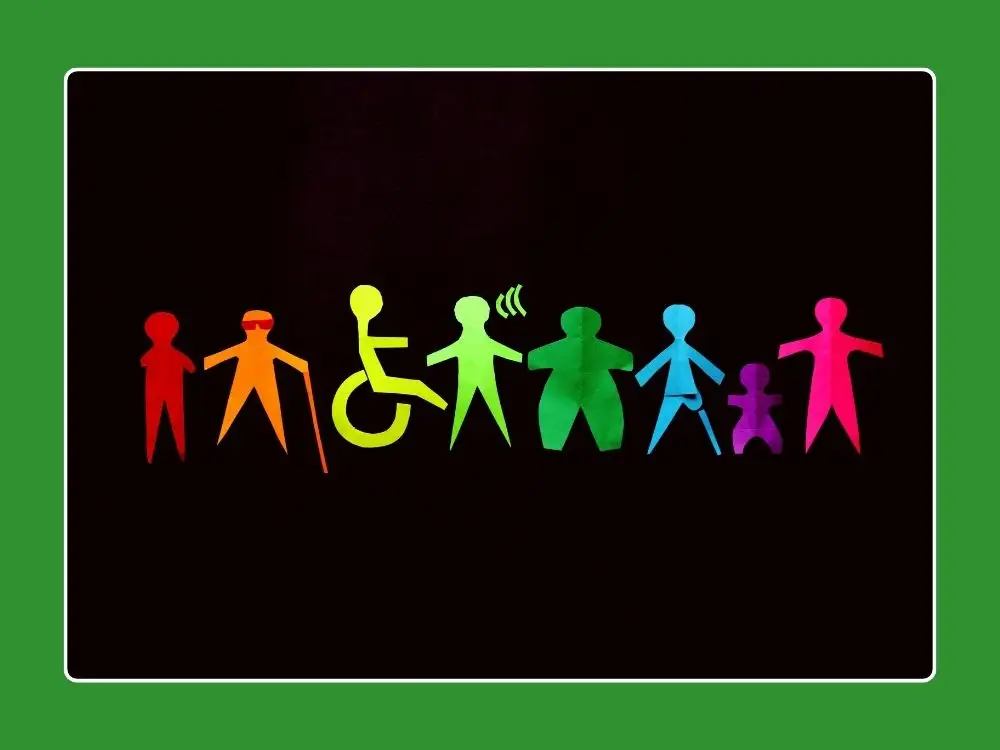
Diverse teams promote different perspectives and create better ideas that result in improved decision-making. Different backgrounds, mentalities, ages, and experiences come together which eradicates assumptions and spots blind spots that even homogeneous groups could miss completely.
For example: Studies state that companies like IBM are more successful in innovative solutions through diversity compared to less-inclusive firms.
10. Accountability and Ownership

Accountability ensures that projects run smoothly and accountable teams are more active and reliable compared to unaccountable teams. Further, team members make efforts to seek solutions rather than shifting the blame if they accept responsibility for the work undertaken. This makes them naturally more dedicated to the finest solutions.
Example: Amazon's leadership principles emphasize ownership which ensures employees take full responsibility for their work tasks. This responsible behavior led the company to a massive success.
11. Recognition and Appreciation

Recognizing teams' efforts lifts morale and motivates team members. A small gesture goes a long way. When teams regularly celebrate victories and appreciate the contributions of each member, they create a positive feedback loop in the workplace. Also, employee appreciation enhances individual employee productivity and retention rate which is a huge benefit to a company.
Example: Zappos has created a positive culture in the workplace with its peer recognition programs to recognize and reward employees. Plus, celebrating vital milestones of employees such as work anniversaries helps recognize and boost employee morale.
12. Work-Life Balance Awareness
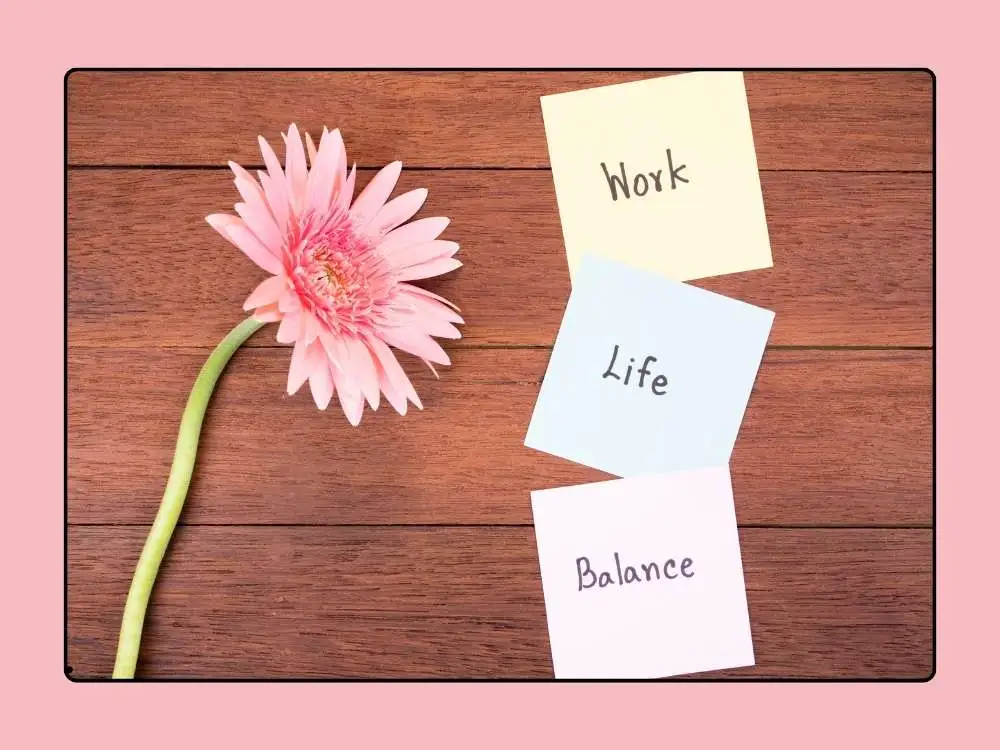
Every organization must ensure that employees maintain a healthy balance between their lives and work. Otherwise, overstressing may lead teams to burnout. Companies should consider employees' welfare for productive sustainability. Plus, teams that respect personal time and encourage members to take real time off tend to find their people coming back energized and ready to tackle challenges with renewed focus.
Example: Companies like Salesforce have flexible working options that encourage employees to balance their lives at work. Many other companies grant excellent remote working facilities to obtain balanced work-life conditions. Further, a few other companies provide paid time off, flexibility in work schedules, or equalized remunerations with leave policies and much more to achieve a healthy work-life balance.
13. Effective Conflict Resolution

Disputes may arise, but how a team handles them matters. An effective conflict resolution strengthens relationships among team members. Additionally, teams develop deeper trust and emerge with more innovative solutions when they view conflict as an opportunity for growth rather than something to avoid.
Example: Pixar fosters open dialogue in meetings that allows teams to resolve creative disputes productively. Also, check out our comprehensive guide on common workplace conflict examples and resolution methods.
14. Cross-Functional Collaboration

When departments collaborate to work together, they eliminate silos and create better results. In organizations, different teams regularly cross boundaries to share knowledge and combine their unique expertise. This cross-functional collaboration helps them unlock solutions that would be impossible to achieve while working in isolation.
Example: Apple's design and engineering teams collaborate closely to ensure innovative product development. plus, LSEG's engineering and property management teams work together to ensure proper business running.
15. Continuous Learning and Growth
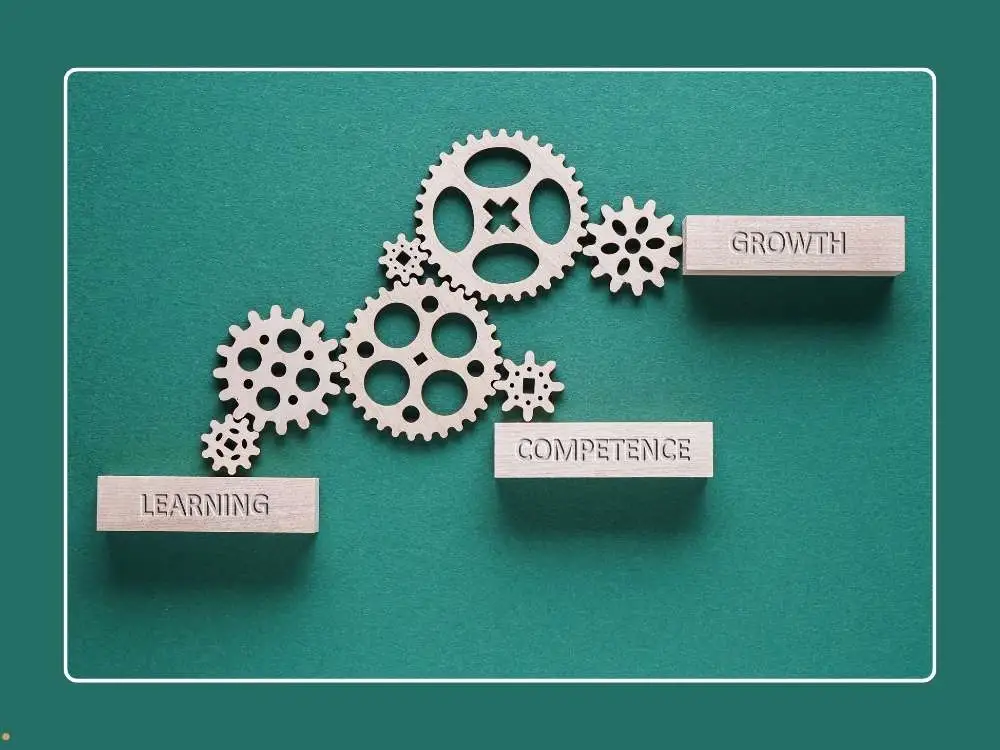
Skill-building keeps the teams alive. Whenever teams have a growth mindset and make learning a part of their culture, they are more adaptable to changing markets and are more capable of facing challenges when they appear. Many companies prioritize educating their employees because they know the value of upskilling the workers which directly contributes to productivity.
Example: Under Satya Nadella, Microsoft changed from a "know-it-all" to a "learn-it-all" culture. The company had skill-improvement programs that moved further towards cloud computing and AI, achieving impressive growth after almost a decade of stagnation.
Benefits & Challenges of Team Dynamics
| Benefits | Challenges |
|---|---|
| Higher productivity when everyone works in sync | Personality clashes that can derail progress |
| More creative solutions from diverse thinking | Communication breakdowns leading to misunderstandings |
| Stronger employee engagement and job satisfaction | Power struggles between team members |
| Faster problem-solving through combined expertise | Resistance to change from comfortable routines |
| Built-in support system during difficult projects | Uneven workload distribution causing resentment |
| Greater resilience when facing unexpected setbacks | Groupthink that stifles innovation and new ideas |
Team Dynamics Models
Why do some teams click while others clash? Team dynamics models help explain this. The most famous is Bruce Tuckman's stages which contains 4 elements such as:
- Forming (getting to know each other)
- Storming (conflicting)
- Norming (establishing rules)
- Performing (working smoothly together)
You can also find another useful framework "Lencioni's Five Dysfunctions" which shows how absence of trust leads to fear of conflict, lack of commitment, avoidance of accountability, and ultimately poor results.
These are some practical tools to understand your team's journey. Recognizing which stage you're in helps you navigate the rough patches that every team faces.
How to Assess Your Team's Current Dynamics
Want to know where your team stands? Here's how to take its pulse:
- Watch how people interact in meetings: You want to assess things like Who speaks? Who's silent? Do people build on ideas or shut them down?
- Notice communication patterns: Keep an eye on communication patterns. Here, you have to monitor whether the information is shared freely or hoarded.
- Look at how decisions are made: Is there healthy debate or passive agreement? Find an answer to this question.
- Check how conflicts are handled: This means you want to figure out how conflicts are handled. Whether they are addressed openly or swept under the rug?
- Ask for anonymous feedback: Simple surveys can reveal what people won't say face-to-face.
A Harvard Business Review study found that teams who regularly assess their dynamics are 23% more likely to achieve their goals. Taking time to reflect pays off.
Implementing Change: Step-by-Step Guide
Improving team dynamics isn't a one-and-done event. You just need to follow a step-by-step process to create lasting change. See this flowchart example:
The Leader's Role in Shaping Team Dynamics
The leader's actions are like a mirroring surface which should be open to receiving feedback or information. This is essential for the teammates to communicate freely. Plus, if the leader admits to mistakes or errors without blaming others, the teams perceive the environment as a safe one.
Good leaders spend about 20% of their time focusing on how people work together, rather than just what work is being done. This is akin to an investment that fetches good returns. According to Gallup “when the managers are engaged, the teams tend to be 59% more engaged.”
The most effective leaders adapt their style based on what their team needs at different stages. This helps shift between directing, coaching, supporting, and delegating as appropriate.
Case Studies: Team Dynamics Transformations
When Microsoft's Windows Vista team struggled with infighting and missed deadlines, new leadership implemented "One Microsoft" that broke down silos and created cross-functional teams. The result? Windows 10 launched on time with much higher satisfaction.
At Pixar, early tensions between artists and technologists threatened the company's success. However, by creating physical spaces designed for random interactions (central bathrooms, shared cafeteria) and normalizing the "Brain Trust" feedback system, they could build a collaborative culture that produced hit after hit.
Both examples clearly show that troubled teams can transform with a deliberate focus on changing interaction patterns, not just switching out team members.
Remote vs. In-Person Team Dynamics
Building trust takes 3-4 times longer in remote teams compared to in-person ones. Without coffee chats and hallway conversations, connections develop differently.
Remote teams face unique challenges like:
- Communication relies heavily on written words that missing tone and body language.
- Time zone differences may leave some members feeling out of the loop.
- "Presence disparity" occurs when some members are in-office while others are remote.
However, remote teams mostly show higher productivity (13% in one Stanford study) and can be more inclusive for introverts and those with different communication styles. The key is being intentional about connection. Successful remote teams schedule both structured collaboration and casual social time.
Measuring Success: KPIs for Team Dynamics
How do you know if team dynamics are improving? Look beyond just performance numbers. Track tangible metrics like:
- Meeting effectiveness scores
- Time to decision
- Project completion rates
- Employee retention
- Reduction in rework
But also measure the human side:
- Team psychological safety scores
- Willingness to voice concerns
- Cross-functional collaboration frequency
- Conflict resolution speed
Google's Project Aristotle found that psychological safety was the #1 predictor of team success. This is more important than individual talent. When team members feel safe to take risks and be vulnerable, everything else improves.
Wrapping Up
Effective team dynamics require pure effort and proper planning. They don't happen by accident. The way firms operate as teams can be changed through clear communication, promoting a culture of accountability, fostering adaptability, and many others.
By implementing these team dynamic examples, any organization can build a stronger, more collaborative workforce. If your team dynamics need improvement, start by focusing on one or two key areas and watch the positive changes.
FAQs
Q1: What are some types of team dynamics?
Common team dynamics include collaborative, competitive, dominant, passive, and independent. Effective dynamics boost communication and trust, while poor dynamics can lead to conflicts and inefficiency.
Q2: Why are team dynamics critical?
They are crucial as they decide how collaboration works, decision-making is done, motivation is provided, and the overall performance is conducted.
Explore Related Posts
https://smarttoolsai.com/post/welcome-to-the-team-messages
https://smarttoolsai.com/post/icebreaker-questions
https://smarttoolsai.com/post/5-ways-to-share-files-with-your-team-while-working-from-home
.webp)